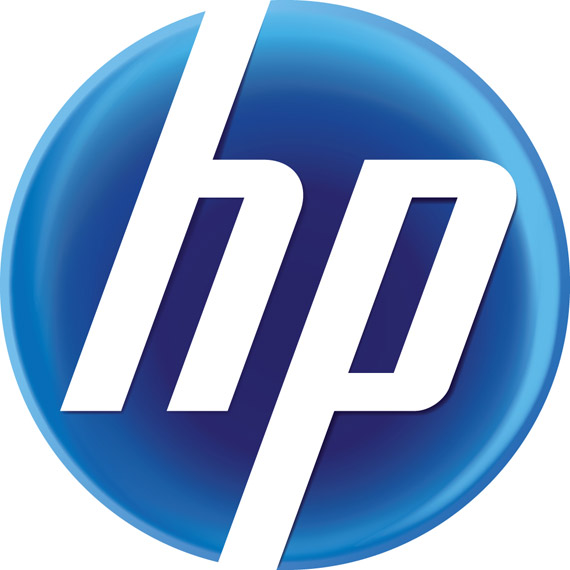
Represents the possible outcomes of performing this activity More.

Represents a document that is used by this activity More.Īllows you to define the locations that will be cc'd on email that is sent to assignees by the workflow email processor More.Īllows you define a process of escalating the responsibility for completing this activity More. You can start small and grow /extend step by step.Defines characteristics of a task/function that can be assigned to a Record More.ĭefines how individual action definitions can be grouped to perform a sequential procedure More.Īn activity is the fundamental element of a workflow, and represents a unit of work to be performed by an action officer, usually within a defined time period More.Īllows you to define the locations responsible for finally authorizing that the activity has been completed More. Its not easy, but certainly worth the effort. When you surface all this through SharePoint, you enable single view of information stored within various repositories. SAP OpenText connected through SharePoint, HPRM integrated with SharePoint, Search crawls can be configured for FileSystems, information registers can be created for such documents and information which are not suitable or easily captured for SharePoint or HPRM storage e.g large media, specialist Drawings, Softwares, Backups, Systems Configuration etc. However, to go back on track, SharePoint plays a vital role when implemented through thoughtful business process understanding and information flow control. This situation makes their perfect Single Source of Truth broken into many pieces. With large Organisations after the mergers or buyouts, they end up with two or three different Document management or records systems, e.g SAP customers are experiencing OpenText for SAP implementations and documents while having HPRM as their Records Management and SharePoint for their intranet, Drupal for their the Web Content and eventually ending up with multiple repositories. It was a good experiment for us that reassured ourselves that keeping the information governance is in everyones interest. The question was about the validity and controls. We observed that even having the so called information in front of us, we still could not rely on that information specially when other colleagues produced different copies of the same information. That made us thinking if 3 weeks made us taking a day off to clear the mess to put together in place, how much effort and loss would it be for larger Organisations?įunny part to share with you is, in those three weeks not one system (virtual build for our test servers) was built in our usual timeframe and not a single machine build was complete.

Luckily, it was a control experiments and information produced on the computers were able to track but verbal and other modes gave us real hard time to locate the information.

Hp records store full#
There is nothing wrong to store information in multiple repositories however would be beneficial to find it easily when needed.Īs an experiment to see how difficult it could be to find information which is scattered all over, we carried out a test where we started storing our documents and other information on various filesystems, emails, hand written notes, documents, our beloved Excel sheets, Text files, even verbal only for our internal systems information e.g which software, where is it located, backup copies etc.Īfter 3 weeks only, we had to take one full day off to clear the mess we created in 3 weeks. This is the most common answer I got in the last 5 years for a simple question ” if you have means to find the accurate and up to date information”. Integrated Information Governance Consultant via LinkedIn Yes, sometimes information is not in traditional document style as such”.Īuthor: Harry K. “Our HPRM / HP TRIM is a single source of truth but staff needs to search 3 different systems and our ERP to find information.


 0 kommentar(er)
0 kommentar(er)
